Back to Courses
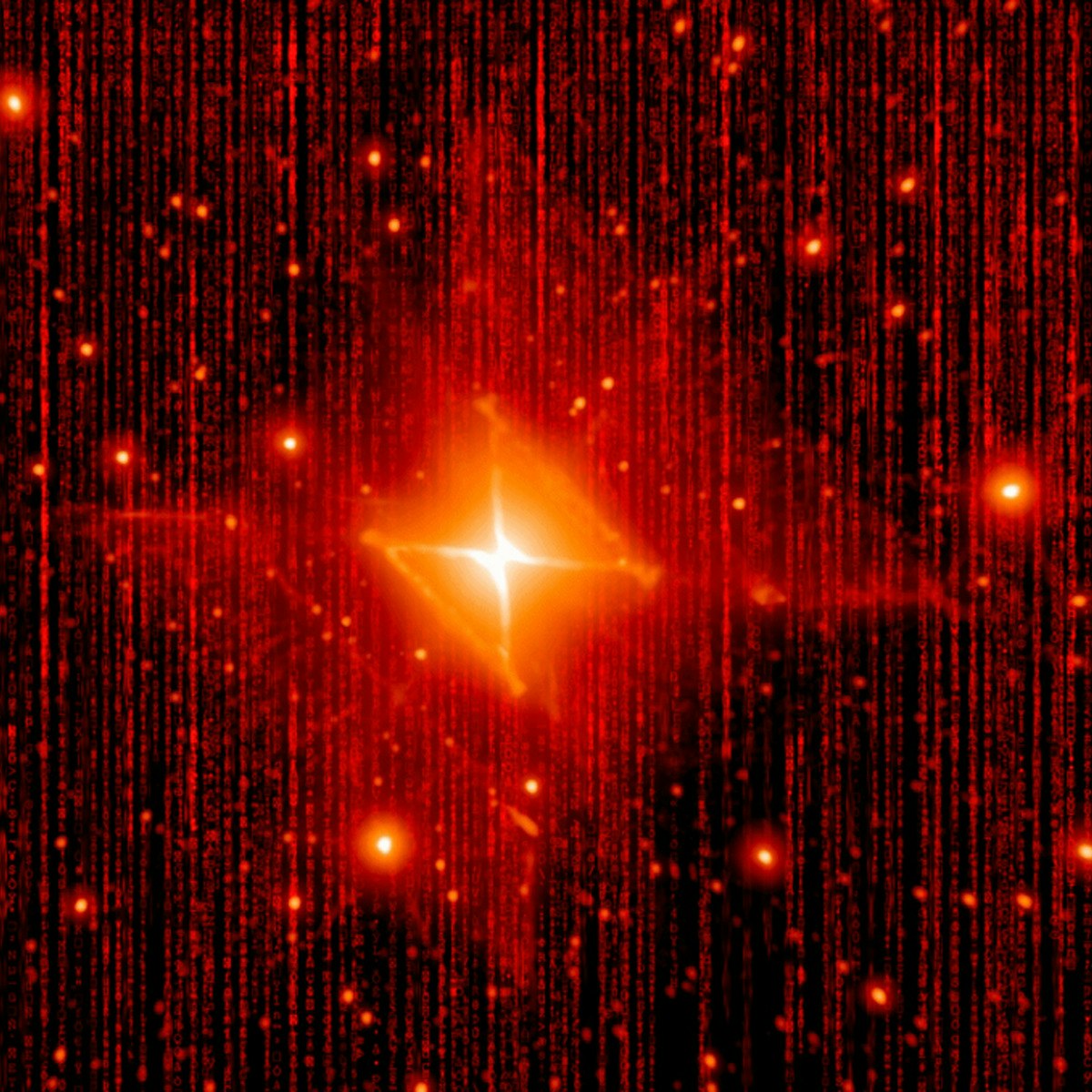
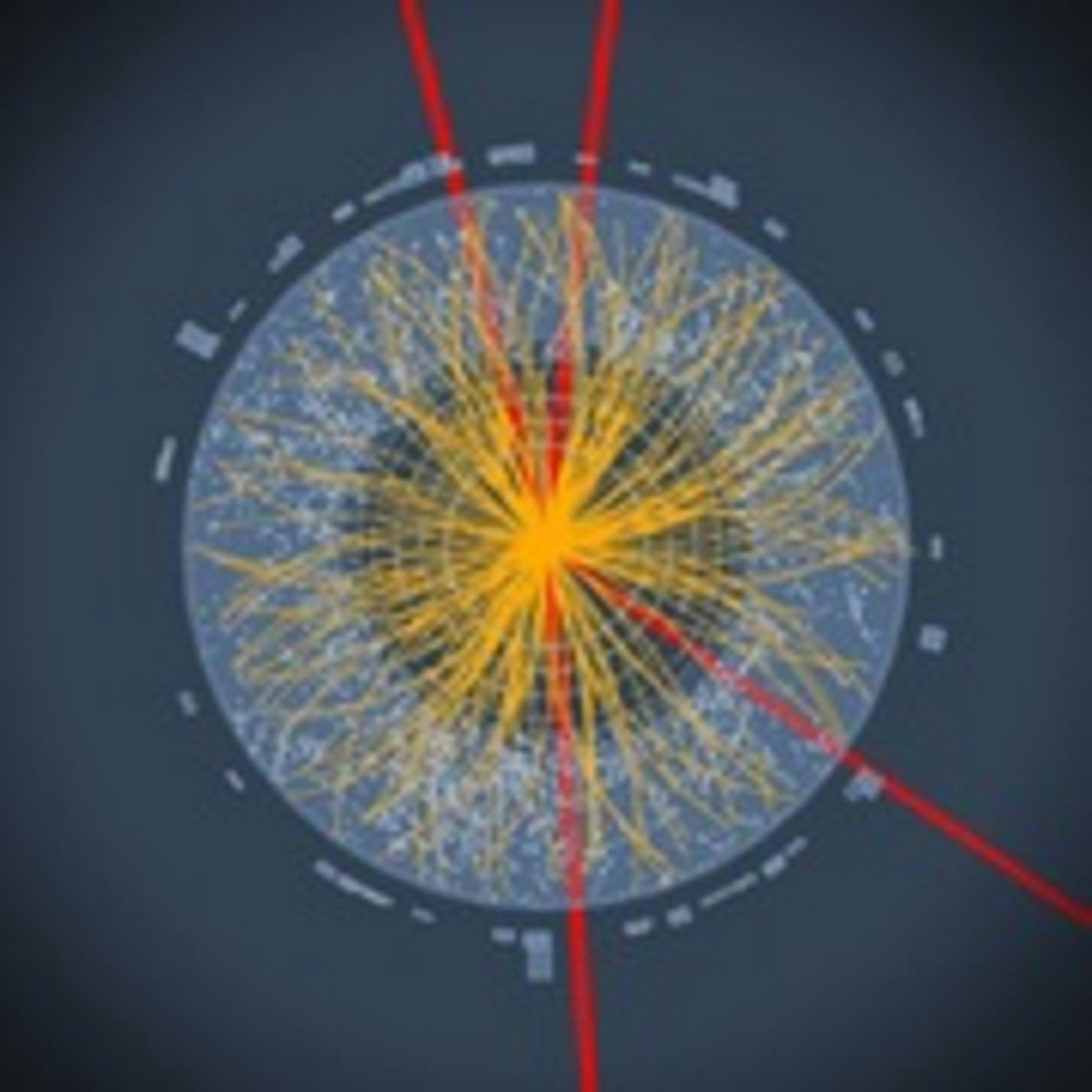

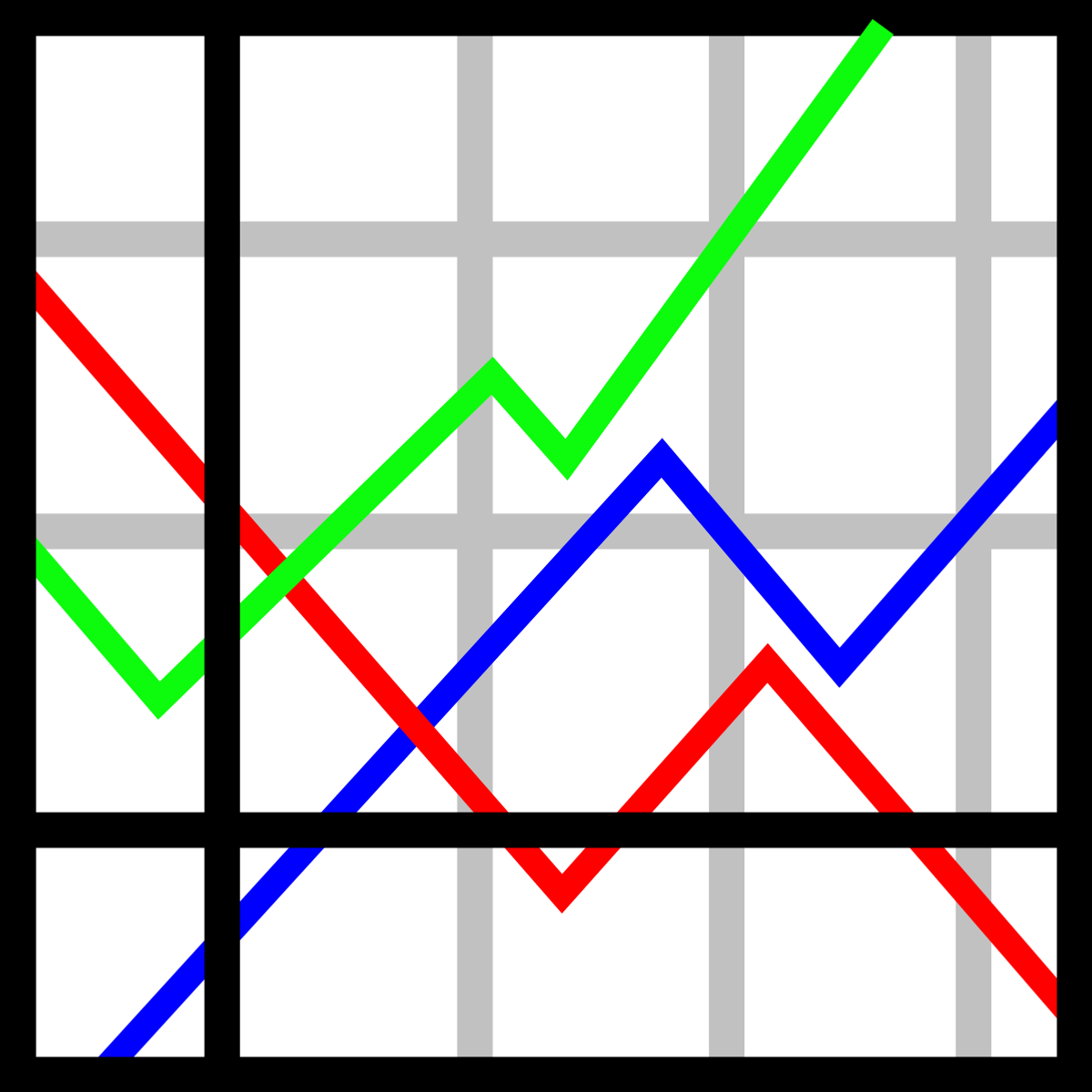

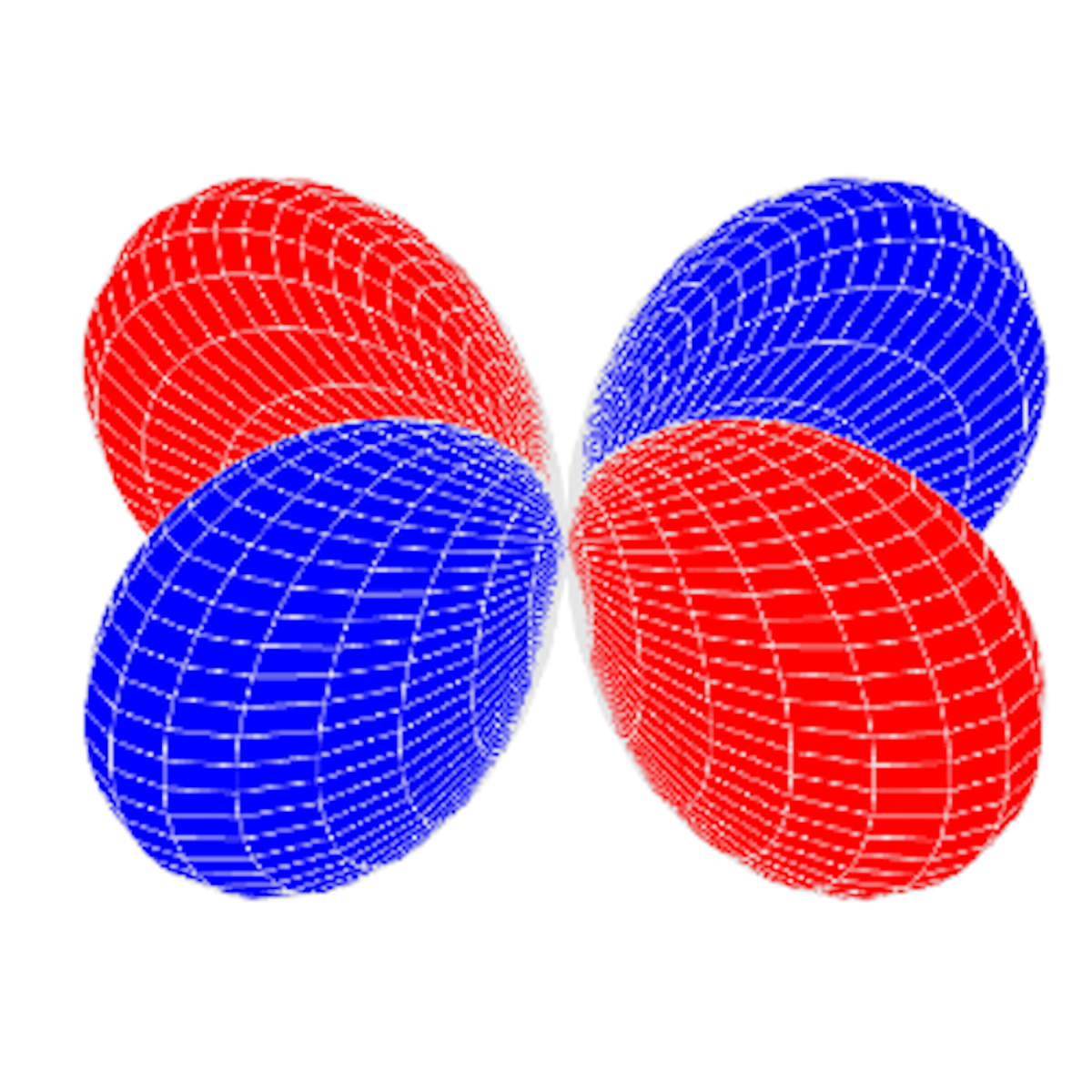


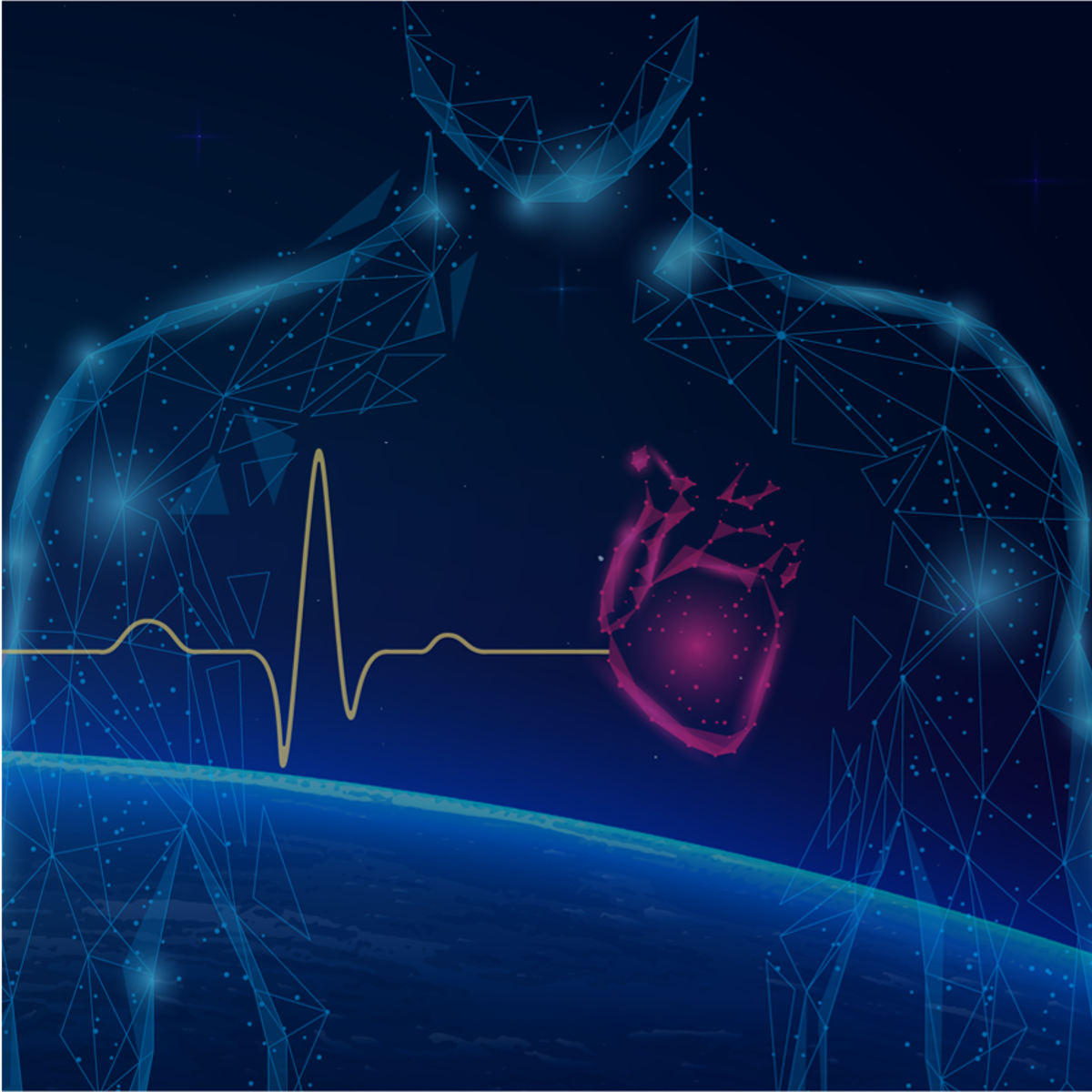
Physics And Astronomy Courses - Page 2
Showing results 11-20 of 87

From the Big Bang to Dark Energy
We have learned a lot recently about how the Universe evolved in 13.7 billion years since the Big Bang. More than 80% of matter in the Universe is mysterious Dark Matter, which made stars and galaxies to form. The newly discovered Higgs-boson became frozen into the Universe a trillionth of a second after the Big Bang and brought order to the Universe. Yet we still do not know how ordinary matter (atoms) survived against total annihilation by Anti-Matter. The expansion of the Universe started acceleration about 7 billion years ago and the Universe is being ripped apart. The culprit is Dark Energy, a mysterious energy multiplying in vacuum. I will present evidence behind these startling discoveries and discuss what we may learn in the near future.
This course is offered in English.

Data-driven Astronomy
Science is undergoing a data explosion, and astronomy is leading the way. Modern telescopes produce terabytes of data per observation, and the simulations required to model our observable Universe push supercomputers to their limits. To analyse this data scientists need to be able to think computationally to solve problems. In this course you will investigate the challenges of working with large datasets: how to implement algorithms that work; how to use databases to manage your data; and how to learn from your data with machine learning tools. The focus is on practical skills - all the activities will be done in Python 3, a modern programming language used throughout astronomy.
Regardless of whether you’re already a scientist, studying to become one, or just interested in how modern astronomy works ‘under the bonnet’, this course will help you explore astronomy: from planets, to pulsars to black holes.
Course outline:
Week 1: Thinking about data
- Principles of computational thinking
- Discovering pulsars in radio images
Week 2: Big data makes things slow
- How to work out the time complexity of algorithms
- Exploring the black holes at the centres of massive galaxies
Week 3: Querying data using SQL
- How to use databases to analyse your data
- Investigating exoplanets in other solar systems
Week 4: Managing your data
- How to set up databases to manage your data
- Exploring the lifecycle of stars in our Galaxy
Week 5: Learning from data: regression
- Using machine learning tools to investigate your data
- Calculating the redshifts of distant galaxies
Week 6: Learning from data: classification
- Using machine learning tools to classify your data
- Investigating different types of galaxies
Each week will also have an interview with a data-driven astronomy expert.
Note that some knowledge of Python is assumed, including variables, control structures, data structures, functions, and working with files.

Particle Physics: an Introduction
This course introduces you to subatomic physics, i.e. the physics of nuclei and particles.
More specifically, the following questions are addressed:
- What are the concepts of particle physics and how are they implemented?
- What are the properties of atomic nuclei and how can one use them?
- How does one accelerate and detect particles and measure their properties?
- What does one learn from particle reactions at high energies and particle decays?
- How do electromagnetic interactions work and how can one use them?
- How do strong interactions work and why are they difficult to understand?
- How do weak interactions work and why are they so special?
- What is the mass of objects at the subatomic level and how does the Higgs boson intervene?
- How does one search for new phenomena beyond the known ones?
- What can one learn from particle physics concerning astrophysics and the Universe as a whole?
The course is structured in eight modules. Following the first one which introduces our subject, the modules 2 (nuclear physics)
and 3 (accelerators and detectors) are rather self contained and can be studied separately. The modules 4 to 6 go into more depth about matter and forces as described by the standard model of particle physics. Module 7 deals with our ways to search for new phenomena. And the last module introduces you to two mysterious components of the Universe, namely Dark Matter and Dark Energy.

Mechanics: Motion, Forces, Energy and Gravity, from Particles to Planets
Most of the phenomena in the world around you are, at the fundamental level, based on physics, and much of physics is based on mechanics. Mechanics begins by quantifying motion, and then explaining it in terms of forces, energy and momentum. This allows us to analyse the operation of many familiar phenomena around us, but also the mechanics of planets, stars and galaxies.
This on-demand course is recommended for senior high school and beginning university students and anyone with a curiosity about basic physics. (The survey tells us that it's often used by science teachers, too.)
The course uses rich multimedia tutorials to present the material: film clips of key experiments, animations and worked example problems, all with a friendly narrator. You'll do a range of interesting practice problems, and in an optional component, you will use your ingenuity to complete at-home experiments using simple, everyday materials.
You will need some high-school mathematics: arithmetic, a little algebra, quadratic equations, and the sine, cosine and tangent functions from trigonometry. The course does not use calculus. However, we do provide a study aid introducing the calculus that would accompany this course if it were taught in a university.
By studying mechanics in this course, you will understand with greater depth many of the wonders around you in everyday life, in technology and in the universe at large. Meanwhile, we think you'll have some fun, too.

Crash couse in Gnuplot
By the end of this project, you will be able to edit and plot your own functions and data points with Gnuplot. You will be familiar with the basic utilization of the command-driven plotting of Gnuplot, making it easier to learn any other skill in Gnuplot. Plotting your functions, data points and even automatizing the production of many graphics will not be a challenge anymore.

Understanding Modern Physics II: Quantum Mechanics and Atoms
Course Overview: https://youtu.be/xyF-MmGNxd0
The 20th century was known as the century of physics. In the past 120 years, concepts such as space, time, energy, entropy and particles were understood to much deeper levels. New paradigms of thinking such as relativity and quantum mechanics emerged.
This course is the second course in the Understanding Modern Physics series, which covers an introduction to quantum mechanics, atomic physics and quantum information. We will find (i) How the quantum world is different from our everyday experience, and why we need quantum mechanics; (ii) How to describe atoms in fundamental physics, why atoms do not collapse, and what are the atomic states; (iii) The nature of quantum information, and why quantum information is much richer than classical information.
Theory of Angular Momentum
This course can also be taken for academic credit as ECEA 5611, part of CU Boulder’s Master of Science in Electrical Engineering degree.
This course introduces the quantum mechanical concept of angular momentum operator and its relationship with rotation operator. It then presents the angular momentum operators, their eigenvalues and eigenfunctions. Finally, it covers the theory of angular momentum addition.
At the end of this course learners will be able to:
1. describe and analyze angular momentum states using quantum mechanically defined angular momentum operators,
2. solve angular momentum eigenvalue equations and
3. add angular momenta quantum mechanically.

Kinematics: Describing the Motions of Spacecraft
The movement of bodies in space (like spacecraft, satellites, and space stations) must be predicted and controlled with precision in order to ensure safety and efficacy. Kinematics is a field that develops descriptions and predictions of the motion of these bodies in 3D space. This course in Kinematics covers four major topic areas: an introduction to particle kinematics, a deep dive into rigid body kinematics in two parts (starting with classic descriptions of motion using the directional cosine matrix and Euler angles, and concluding with a review of modern descriptors like quaternions and Classical and Modified Rodrigues parameters). The course ends with a look at static attitude determination, using modern algorithms to predict and execute relative orientations of bodies in space.
After this course, you will be able to...
* Differentiate a vector as seen by another rotating frame and derive frame dependent velocity and acceleration vectors
* Apply the Transport Theorem to solve kinematic particle problems and translate between various sets of attitude descriptions
* Add and subtract relative attitude descriptions and integrate those descriptions numerically to predict orientations over time
* Derive the fundamental attitude coordinate properties of rigid bodies and determine attitude from a series of heading measurements

Control of Nonlinear Spacecraft Attitude Motion
This course trains you in the skills needed to program specific orientation and achieve precise aiming goals for spacecraft moving through three dimensional space. First, we cover stability definitions of nonlinear dynamical systems, covering the difference between local and global stability. We then analyze and apply Lyapunov's Direct Method to prove these stability properties, and develop a nonlinear 3-axis attitude pointing control law using Lyapunov theory. Finally, we look at alternate feedback control laws and closed loop dynamics.
After this course, you will be able to...
* Differentiate between a range of nonlinear stability concepts
* Apply Lyapunov’s direct method to argue stability and convergence on a range of dynamical systems
* Develop rate and attitude error measures for a 3-axis attitude control using Lyapunov theory
* Analyze rigid body control convergence with unmodeled torque

Space Medicine
Have you ever wondered what it would take for humans to travel beyond the comforts of our home planet, Earth? You are invited to join us in Space Medicine - an online experience facilitated by two recent Duke graduates in which you will learn about and engage in the most pressing medical challenges facing NASA and others advancing the future of space exploration.
Space Medicine is a free, non-certificate course featuring interactive modules and weekly live discussions. Participants will reflect on questions pertinent to the future of human health in space, such as:
- How do humans respond to extreme environments?
- How can engineers, doctors, and scientific researchers come together to prevent space related health issues before they occur?
- If future generations of humans attempt to live in space, what challenges will they face?
- Which evolutionary adaptations to living on Earth are useful to surviving a months- or years-long voyage?
No prior experience in science or medicine is required, as life science concepts will be introduced as necessary. At the end of the course, you will have gained valuable experience in applying modern medicine to space-based situations, from space flight to journeying to Mars.
Popular Internships and Jobs by Categories
Find Jobs & Internships
Browse
© 2024 BoostGrad | All rights reserved